Keyword
Vegetation Monitoring
1832 record(s)
Type of resources
Available actions
Topics
Keywords
Contact for the resource
Provided by
Years
Formats
Representation types
Update frequencies
Status
Scale
-
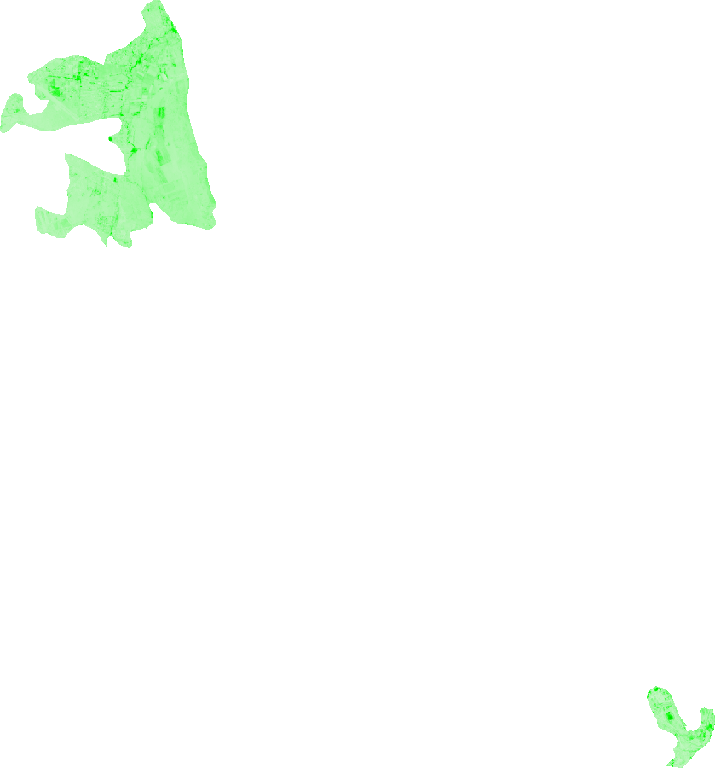
Lai: LAI is defined as half the developed area of photosynthetically active elements of the vegetation per unit horizontal ground area. It determines the size of the interface for exchange of energy (including radiation) and mass between the canopy and the atmosphere. This is an intrinsic canopy primary variable that should not depend on observation conditions. LAI is strongly non linearly related to reflectance. Therefore, its estimation from remote sensing observations will be strongly scale dependent (Garrigues et al. 2006a; Weiss et al. 2000). Note that vegetation LAI as estimated from remote sensing will include all the green contributors, i.e. including understory when existing under forests canopies.
-
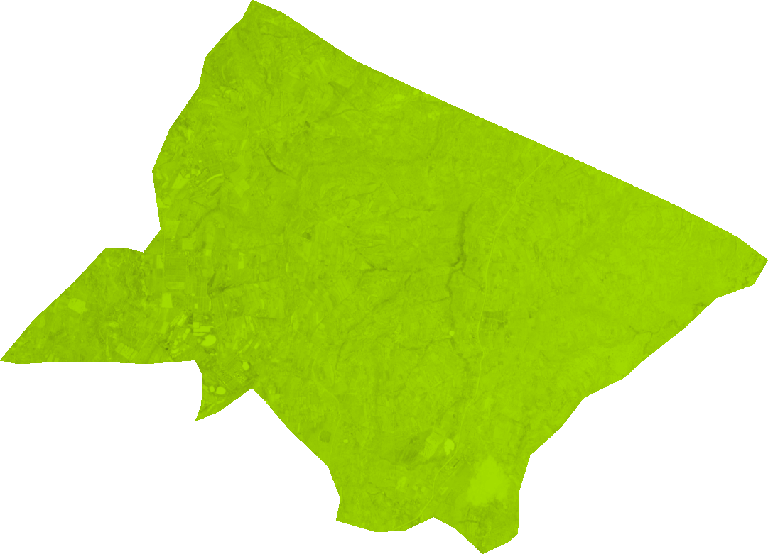
Dvi: Difference Vegetation Index: This index is sensitive to the amount of vegetation. The Difference Vegetation Index algorithm is sensitive to the amount of vegetation. This is the simplest vegetation index: - Sensitive to the amount of vegetation - Distinguishes between soil and vegetation - Does NOT deal with the difference between reflectance and radiance caused by the atmosphere or shadows The DVI results from the following equation: DVI = (IR_factor * near_IR - red_factor * red) In the area of red the incoming solar radiation won�t be extensively absorbed by the pigments of the mesophyll inside the folios, primarily by the chlorophyll. In the area of the near infrared in contrast the bigger part of the incoming radiation was reflected.
-
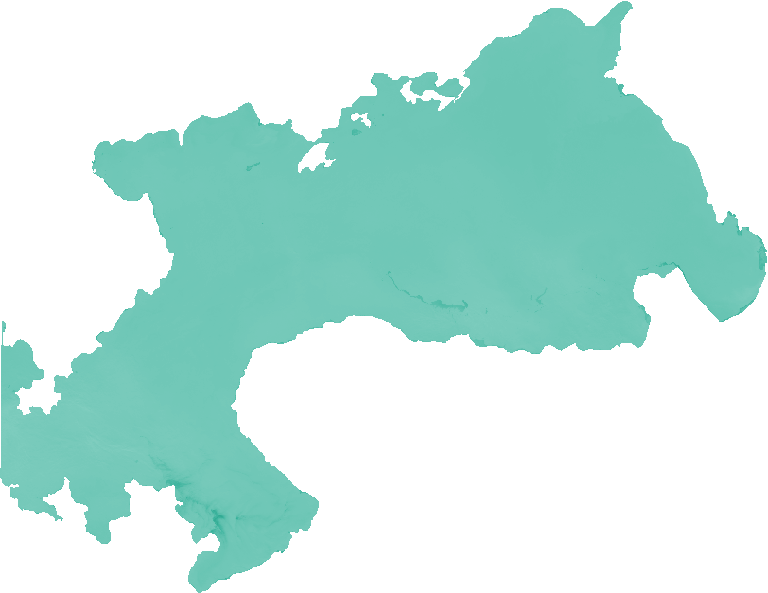
The Weighted Difference Vegetation Index algorithm was introduced by Clevers (1988). This has a relationship to PVI similar to the relationship IPVI has to NDVI. WDVI is a mathematically simpler version of PVI, but it has an unrestricted range.Like PVI, WDVI is very sensitive to atmospheric variations (Qi et al., 1994). The WDVI results from the following equation: WDVI = (IR_factor * near_IR - g * red_factor * red), where: g is the slope of the soil line.
-
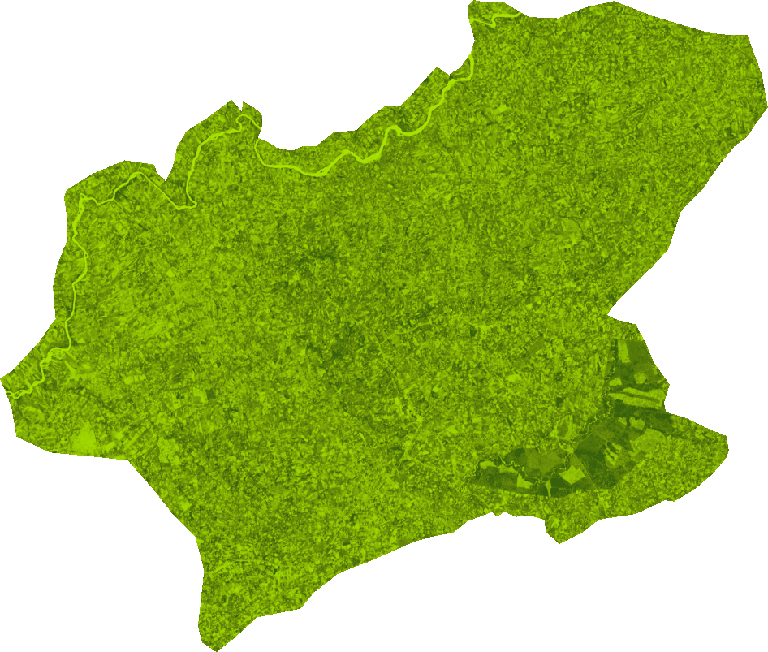
Ireci: Inverted Red-Edge Chlorophyll Index: The Inverted Red-Edge Chlorophyll Index algorithm incorporates the reflectance in four bands to estimate canopy chlorophyll content (Guyot and Baret, 1988; Clevers et al., 2000) The 'red edge' is the name given to the abrupt reflectance change in the 680-740 nm region of vegetation spectra that is caused by the combined effects of strong chlorophyll absorption and leaf internal scattering. Increases in the amount of chlorophyll visible to the sensor, either through an increase in leaf chlorophyll content, or Leaf Area Index (LAI), result in a broadening of a major chlorophyll absorption feature centred around 680 nm. The effect is to cause a movement of the point of maximum slope, termed the red edge position (REP). The position of the red edge has been used as an indicator of stress and senescence of vegetation (Collins1978, Horler et al. 1983, Rock et al. 1988, Boochs et al. 1990, Jago and Curran 1995) The IRECI results from the following (Sensor-dependent) equation: IRECI = (IR_factor * near_IR - red1_factor * red1) / (red2_factor * red2 / red3_factor * red3) For Sentinel-2 the formula is: (B7 - B4) / (B5 / B6), where (Central wavelength/Bandwidth): B7 = 783 nm (15 nm), B6 = 740 nm (15 nm), B5 = 705 nm (15 nm), B4 = 665 nm (30 nm)
-
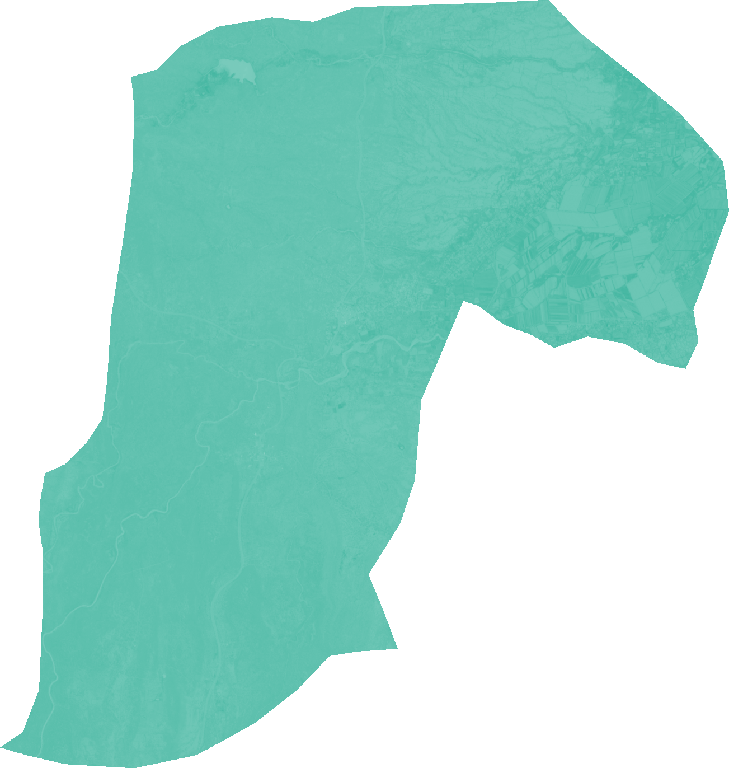
The Weighted Difference Vegetation Index algorithm was introduced by Clevers (1988). This has a relationship to PVI similar to the relationship IPVI has to NDVI. WDVI is a mathematically simpler version of PVI, but it has an unrestricted range.Like PVI, WDVI is very sensitive to atmospheric variations (Qi et al., 1994). The WDVI results from the following equation: WDVI = (IR_factor * near_IR - g * red_factor * red), where: g is the slope of the soil line.
-
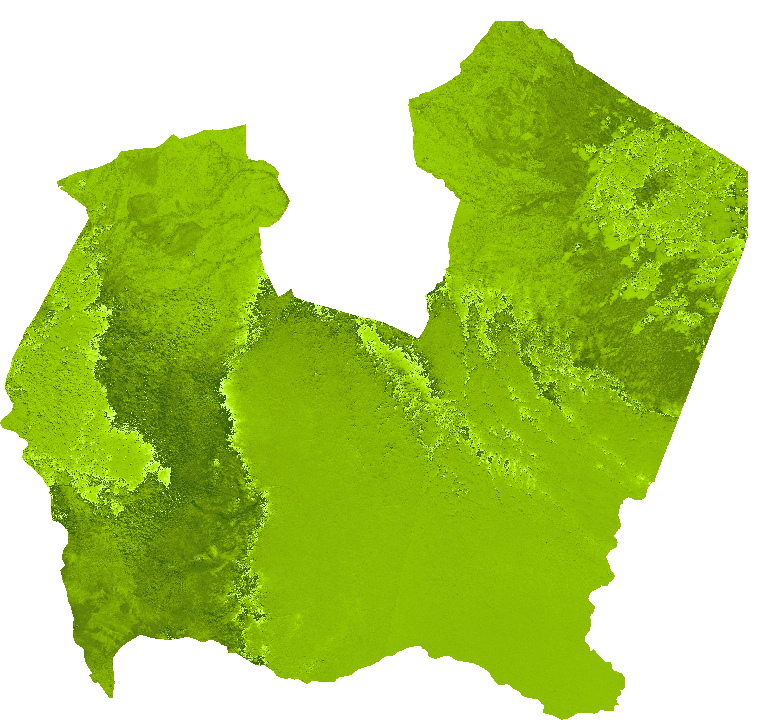
Evi: enhanced vegetation index: In areas of dense canopy cover, where leaf area index (LAI) is high, the blue wavelengths can be used to improve the accuracy of NDVI, as it corrects for soil background signals and atmospheric influences. Values description: The range of values for EVI is -1 to 1, with healthy vegetation generally around 0.20 to 0.80.
-
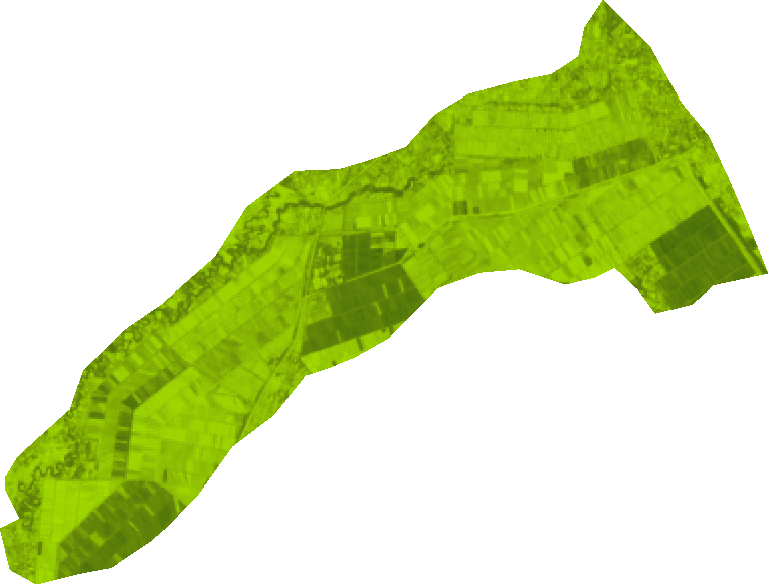
Fvc: Cover fraction: FVC is used to separate vegetation and soil in energy balance processes, including temperature and evapotranspiration. It is computed from the leaf area index and other canopy structural variables and does not depend on variables such as the geometry of illumination as compared to FAPAR.
-
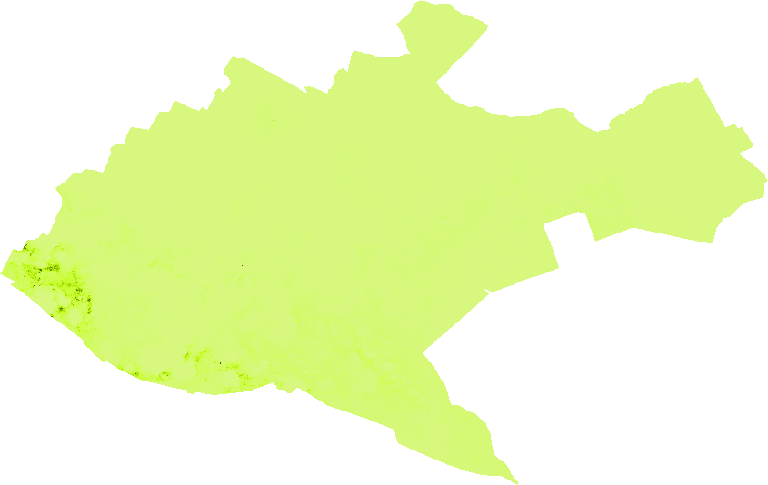
Cab: Chlorophyll content in the leaf: corresponds to the content of chlorophyll a, chlorophyll b and carotenoids per unit of leaf area.
-
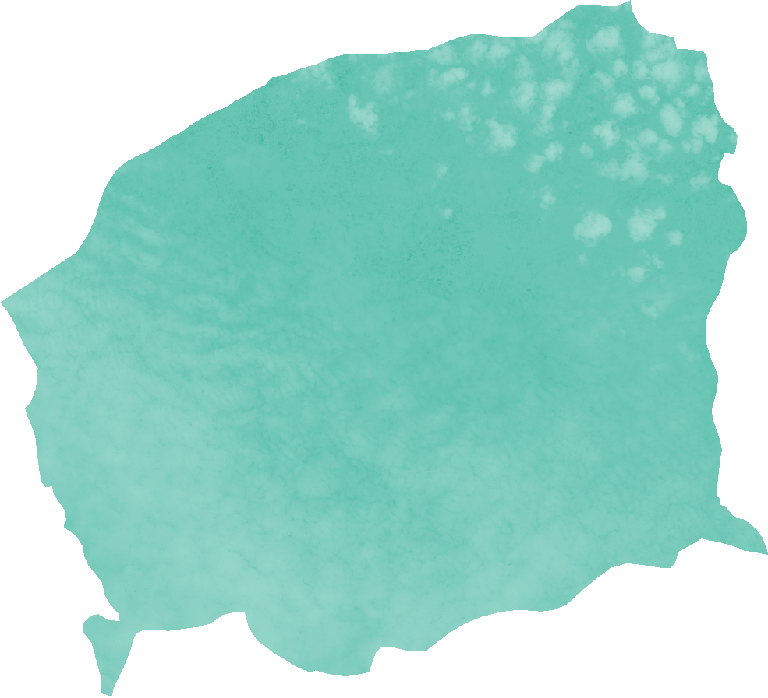
The Weighted Difference Vegetation Index algorithm was introduced by Clevers (1988). This has a relationship to PVI similar to the relationship IPVI has to NDVI. WDVI is a mathematically simpler version of PVI, but it has an unrestricted range.Like PVI, WDVI is very sensitive to atmospheric variations (Qi et al., 1994). The WDVI results from the following equation: WDVI = (IR_factor * near_IR - g * red_factor * red), where: g is the slope of the soil line.
-
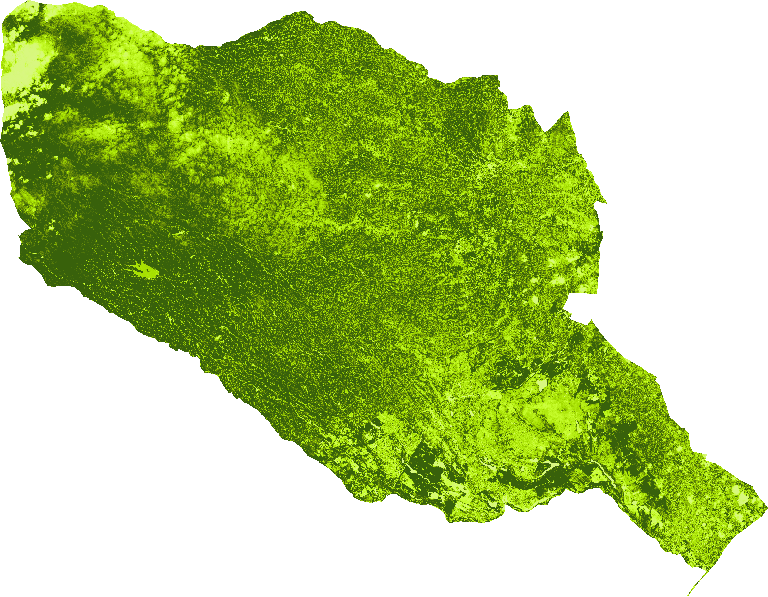
Cab: Chlorophyll content in the leaf: corresponds to the content of chlorophyll a, chlorophyll b and carotenoids per unit of leaf area.
